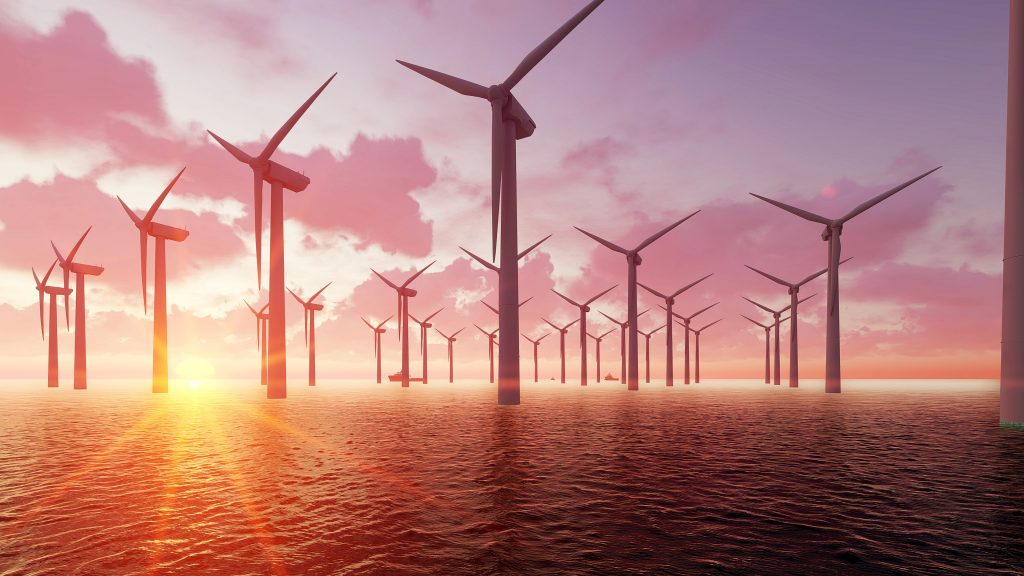
As the size and complexity of wind turbines grow, so do the manufacturing process requirements and component transportation costs. This growth, in turn, increases the need for manufacturers to overcome technical and logistical challenges; especially when it comes to long turbine blades, the transportation of which—alongside tower and nacelle components—can become a logistical nightmare.
The latest generation of wind turbine blades can measure up to 90 meters in length, exceeding the current average of utility-scale wind turbines (with blades up to 75 meters in length and towers over 80 meters high). These new blades approach the limit of existing ground transportation infrastructure in terms of managing their delivery from the factory to the installation site. Nowadays, we see the largest wind turbines being installed in offshore sites. For onshore sites, we see more creative ground transportation schemes, and, probably, a broader introduction of multi-part rotor blades.
Navigating Increasing Logistical Complexities
Offshore planning in particular can be difficult. Often there are specialized transport vessels that link the factories and transport the finished wind turbine components to the respective installation harbor. Furthermore, one route can also include several load and offload ports and various types of vessels. This means planners need to be able to charter the right vessels for the right projects well in advance. Better planning and anticipation in this area enables more time to accomplish this task, ensuring more vessel options are available. It also presents better opportunities to secure limited capacity or the services of the small number of specialist hero vessels, which have a configuration perfectly designed to carry such big components.
This planning scope typically spans one to two years and there needs to be perfect manufacturing synchronization within the region. Manufacturers have to plan for capacity and synchronization of transport, including manufacture costs and different import and export tariffs, which will allow them to accurately anticipate the key KPI — Total Landed Cost (TLC).
Solving this puzzle requires an Integrated Business Process (IBP) software, which is based on realistic forecasts; up-to-date production data and finite capacity planning. With DELMIA’s planning solution, manufacturers can work on a single source of truth, so they can honor all their global delivery commitments.
For offshore transportation planning and optimization software, manufacturers often use ports as stocking points. They choose ports closest to the plant and close to the installation site due to capacity and cost. It is important to maximize the loading of vessels and reduce storage costs: by leveraging the right planning solution, with precise planning of routes and journeys, planners can make the right decisions based on the required timelines and all the critical capacity constraints.
Planning to Mitigate Disruptions
Wind turbine manufacturers must prioritize planning in order to effectively handle the many changes and disruptions that occur to the individual site implementation schedules; ensuring a clear view of how those changes impact the production schedule within the plant and the transportation plan from plant to site. In this instance, planners need to also consider the train and truck transportation routes and different permits, or tariffs connected to them.
The challenge of synchronizing the schedules of tightly linked resources is something most manufacturers battle with. A good planning system can help determine the ideal balance for all processes and suggest optimized schedules. DELMIA’s solution allows planners and schedulers to visualize the impact of their planning changes on all the relevant KPIs, evaluate multiple scenarios and fine-tune planning results in order to make optimal decisions.
Discover more about how to effectively plan and manage operations for wind turbine manufacturing by downloading our white paper.
